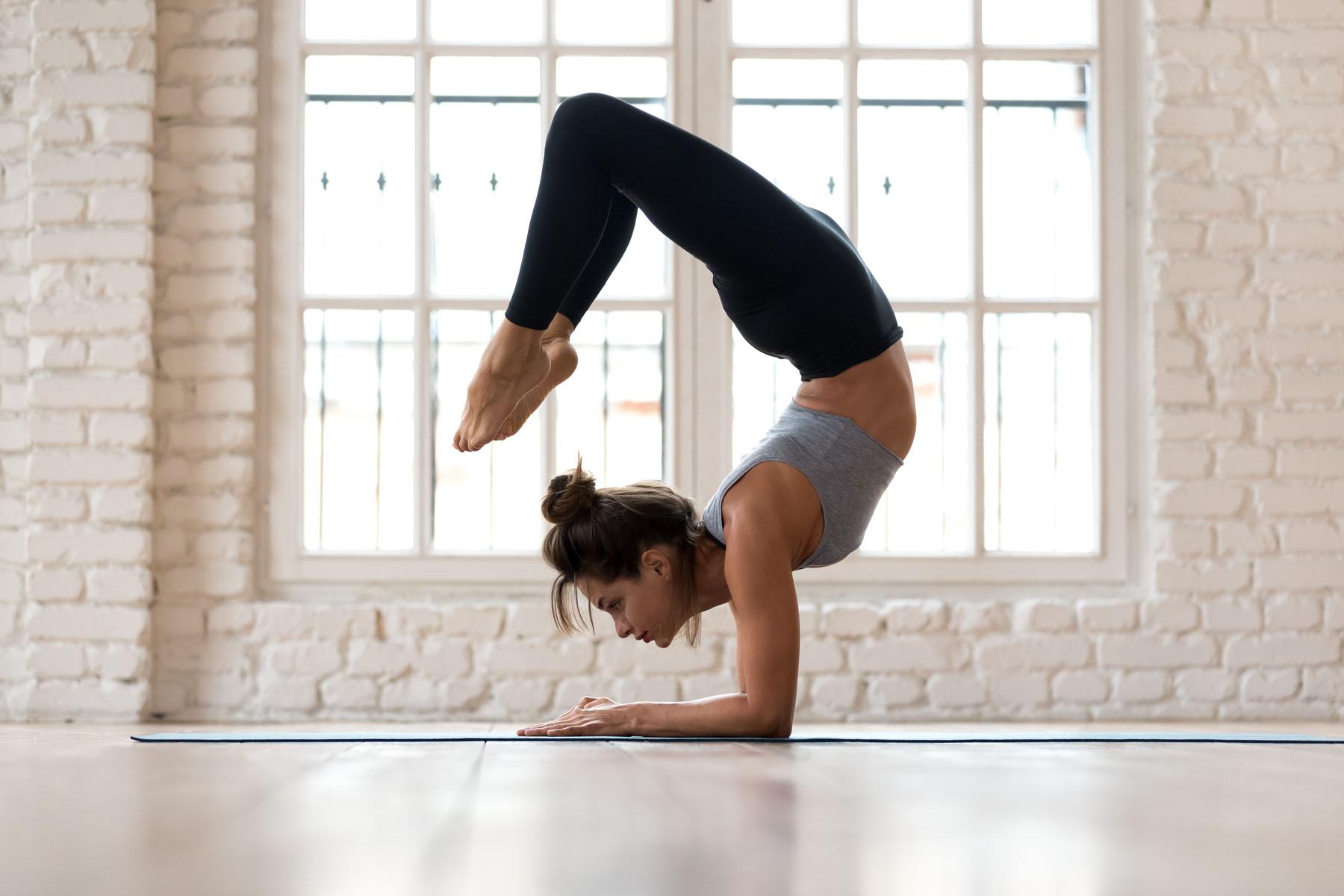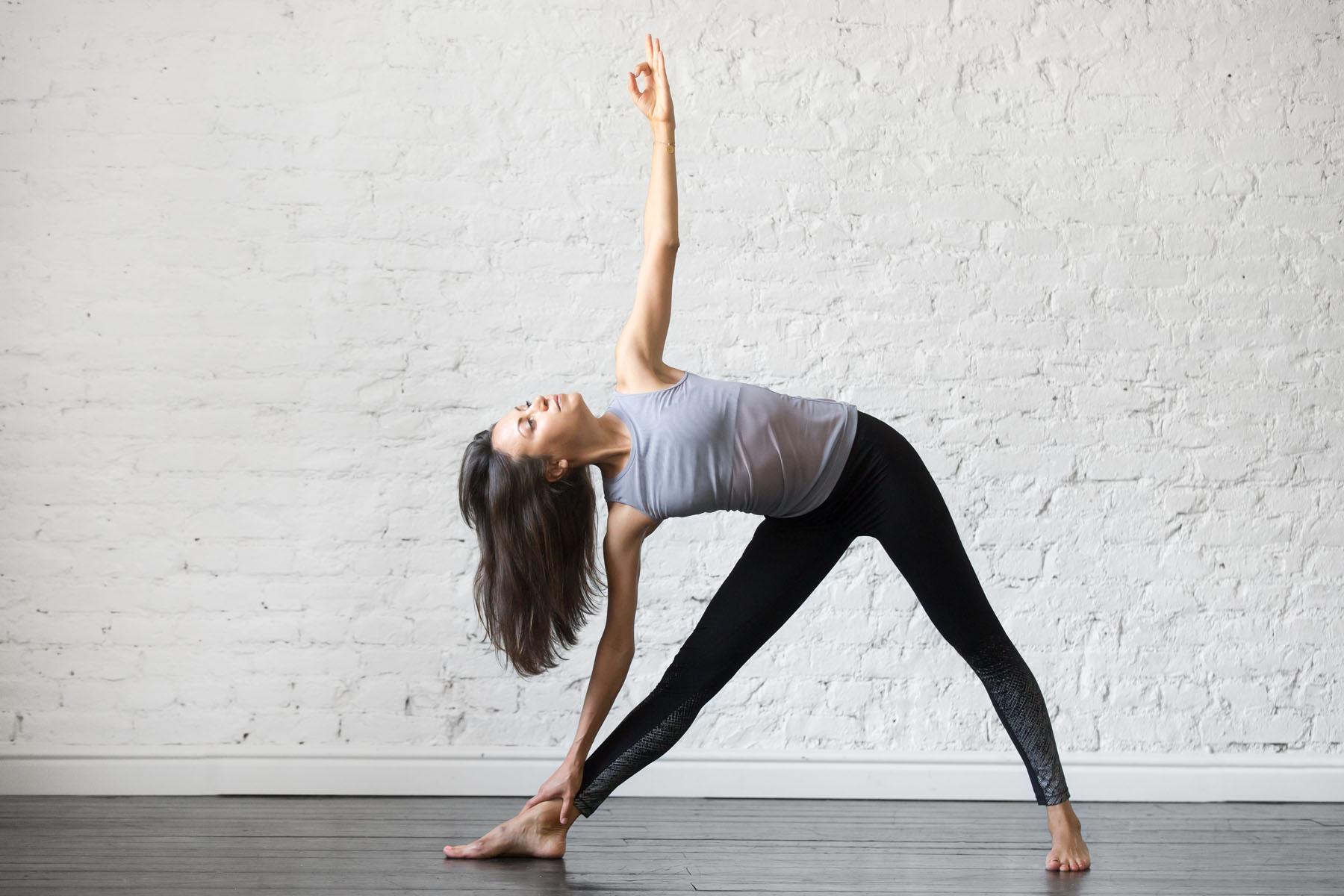The Benefits of Vinyasa Yoga
It Has the Potential to Improve Your Mood
While Vinyasa is a faster-paced practice, it provides many of the stress-relieving advantages of restorative yoga due to its emphasis on utilizing your breath to lead you.
When you learn in how to develop an awareness of your breath and movement, you can carry that skill set with you into your daily life for improved sensations of peace, serenity, and pleasure.
It has the potential to strengthen your muscles.
The focus on transitions between postures separates Vinyasa Yoga from other styles of yoga, such as Bikram. However, this does not preclude you from holding positions for a longer length of time – you will!
Vinyasa Yoga may help with muscular strength and development in this manner. However, if obviously bigger muscles are your main aim, Wickham believes that including some strength training into your regimen would be more successful.
It might provide you with a good cardio workout.
While most Vinyasa courses begin and conclude with Savasana, or Corpse position, once you get going, you don’t want to stop.
According to an August 2013 research published in the Journal of Yoga and Physical Therapy, the quicker speed of Vinyasa Yoga makes it far more demanding and excellent for a lower-intensity cardiovascular exercise.
If you often perform cardio, such as running, bicycling, or swimming, Vinyasa Yoga may not raise your heart rate as much as you’re accustomed to.
It Has the Potential to Improve Your Mobility
Vinyasa Yoga encourages people to move their joints through their complete range of motion and to build strength in those poses.
Enhancing your mobility allows you to move more easily and reduces your chance of injury. Improved mobility may also result in improved body awareness and fewer aches and pains.
It Has the Potential to Improve Your Core Stability
Vinyasa Yoga includes several types of planks, side bends, and twists that all target your core muscles. All of this core engagement leads to greater core strength.
Strengthening your core implies more stability, balance, a decreased chance of injury, and less lower-back discomfort.



